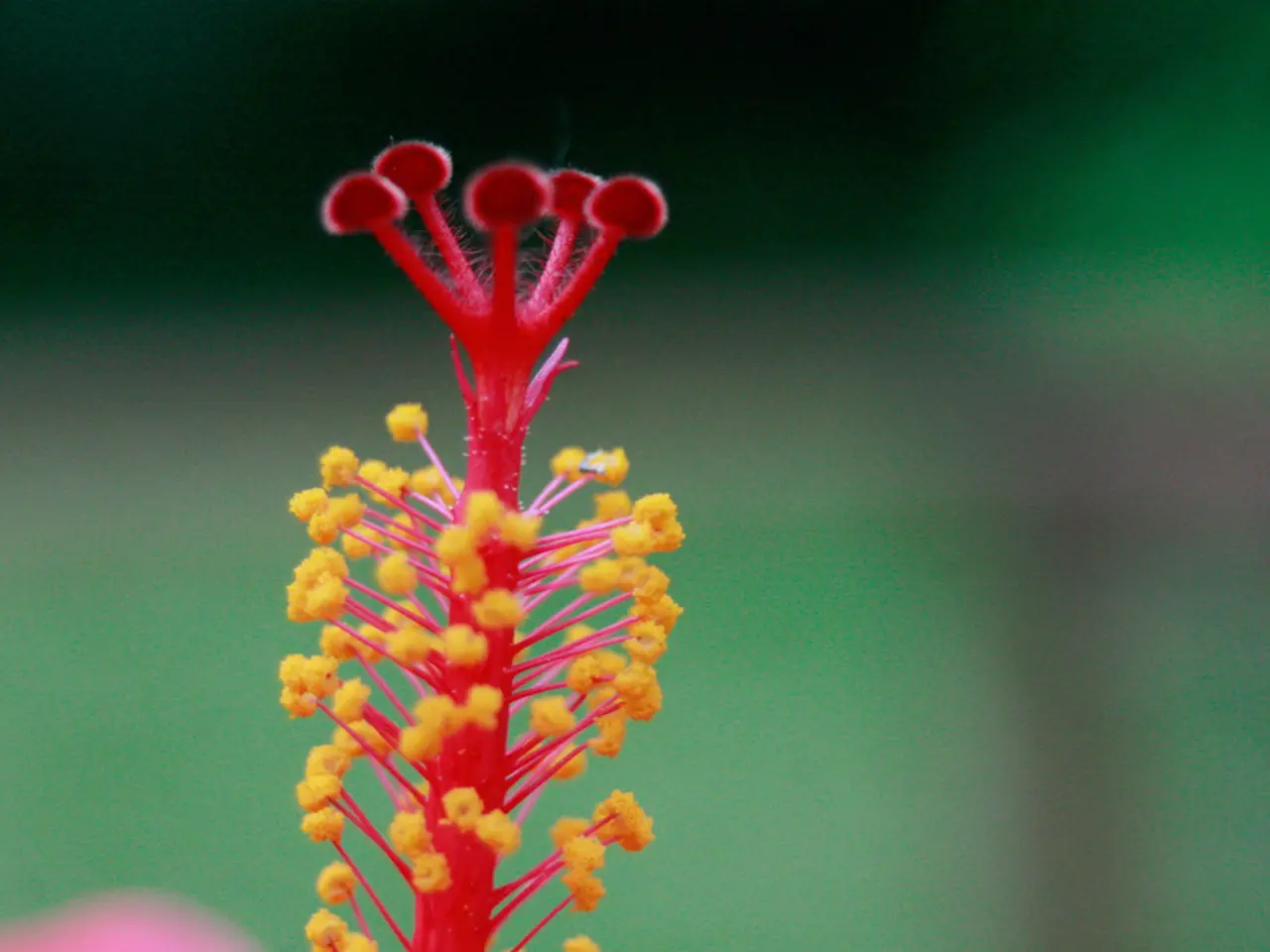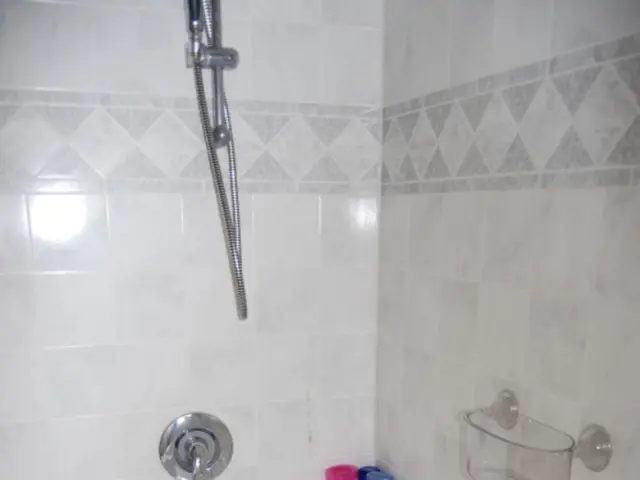Mystery behind persistent, unprovoked sneezing: exploring hidden triggers for unexplained sneezing episodes
Uncovering the Mysteries Behind Unexplained Sneezing
Sneezing, a common and often inconvenient occurrence, is usually associated with allergies or a cold. However, there are instances where sneezing remains a mystery, unexplained and seemingly unprovoked. A closer look at the various biological, physiological, and environmental factors reveals a complex web of causes behind these unexplained sneezing episodes.
Biological Factors
Allergic rhinitis, a condition triggered by allergens like pollen, dust mites, and pet dander, can lead to sneezing. The immune system's reaction releases histamine, causing inflammation and subsequent sneezing [1][2][4]. Non-allergic rhinitis, characterized by nasal symptoms without identifiable allergens, also contributes to unexplained sneezing [1][2].
Viral infections, such as colds and respiratory viruses, can infect nasal cells, triggering inflammation and sneezing [3][4]. Type I hypersensitivity, an exaggerated immune response to harmless antigens like foods, medications, insect stings, or chemicals, can also cause sneezing [4]. Hormonal changes, such as those experienced during pregnancy, can also contribute to unexplained sneezing [2].
Physiological Factors
Nasal hyperreactivity, a condition where the nasal nerves and blood vessels respond excessively to mild irritants, can lead to unexplained sneezing [1]. Reflux-related irritation, particularly GERD, can cause throat and nasal symptoms that stimulate the sneeze reflex [2]. Exercise or physical exertion can increase nasal airflow, leading to sneezing [1][4].
Environmental Factors
Exposure to cold air or rapid temperature changes can irritate nasal passages, triggering sneezing [1][4]. Contact with strong odors like perfumes, cleaning chemicals, or industrial fumes can also lead to sneezing [1][2]. Tobacco smoke and air pollution can aggravate nasal sensitivity, increasing the likelihood of sneezing [1][2]. Dust, mold spores, and airborne irritants, while not typically associated with allergies, can still stimulate nasal nerves and cause sneezing [1][2][4].
Other Factors
The gustatory sneeze reflex, a lesser-known phenomenon, triggers sneezing in response to eating, particularly spicy or flavorful foods [5]. Emotional factors such as stress, anxiety, and excitement can sometimes trigger sneezing due to the autonomic nervous system's influence on involuntary bodily functions [6].
In some cases, structural abnormalities within the nasal passages, such as nasal polyps or a deviated septum, can lead to unexplained sneezing by obstructing airflow and causing chronic irritation [7]. Heating and cooling systems can stir up dust and particles, causing them to become airborne and enter the nasal passages [8].
Relief and Prevention
Regular cleaning and air filtration can help reduce the concentration of allergens and minimize sneezing episodes. Staying hydrated and using a humidifier can help keep nasal passages moist and reduce sneezing episodes [9]. Medical interventions such as surgery or medications may be necessary to relieve symptoms caused by structural abnormalities within the nasal passages [7].
The Sneeze Reflex
Sneezing, known as sternutation, is an involuntary reflex designed to clear the nasal passages of irritants. A less common phenomenon, the photic sneeze reflex, can cause a sneeze due to bright light exposure, believed to be due to cross-wiring of the optic and trigeminal nerves [10].
Understanding the complex interplay of biological, physiological, and environmental factors behind sneezing sheds light on the various causes of unexplained sneezing. By identifying these factors, individuals can take steps to reduce their likelihood of experiencing these mysterious episodes.
[1] American College of Allergy, Asthma & Immunology. (2021). Allergies. Retrieved from https://acaai.org/allergies
[2] Mayo Clinic. (2021). Sneezing. Retrieved from https://www.mayoclinic.org/diseases-conditions/sneezing/symptoms-causes/syc-20374784
[3] National Institute of Allergy and Infectious Diseases. (2021). Rhinitis. Retrieved from https://www.niaid.nih.gov/diseases-conditions/rhinitis
[4] National Heart, Lung, and Blood Institute. (2021). Allergies. Retrieved from https://www.nhlbi.nih.gov/health-topics/allergies
[5] National Library of Medicine. (2021). Gustatory rhinitis. Retrieved from https://medlineplus.gov/ency/article/000965.htm
[6] National Institute of Mental Health. (2021). Stress and anxiety. Retrieved from https://www.nimh.nih.gov/health/topics/stress-and-anxiety/index.shtml
[7] American Rhinologic Society. (2021). Nasal polyps. Retrieved from https://www.enthealth.org/conditions/nasal-polyps
[8] Environmental Protection Agency. (2021). Indoor air quality. Retrieved from https://www.epa.gov/indoor-air-quality-iaq
[9] American Lung Association. (2021). Humidifiers. Retrieved from https://www.lung.org/our-initiatives/healthy-air/indoor-air-pollutants/humidity/humidifiers.html
[10] National Institute of Neurological Disorders and Stroke. (2021). Sneezing. Retrieved from https://www.ninds.nih.gov/disorders/all-disorders/sneezing-information-page







